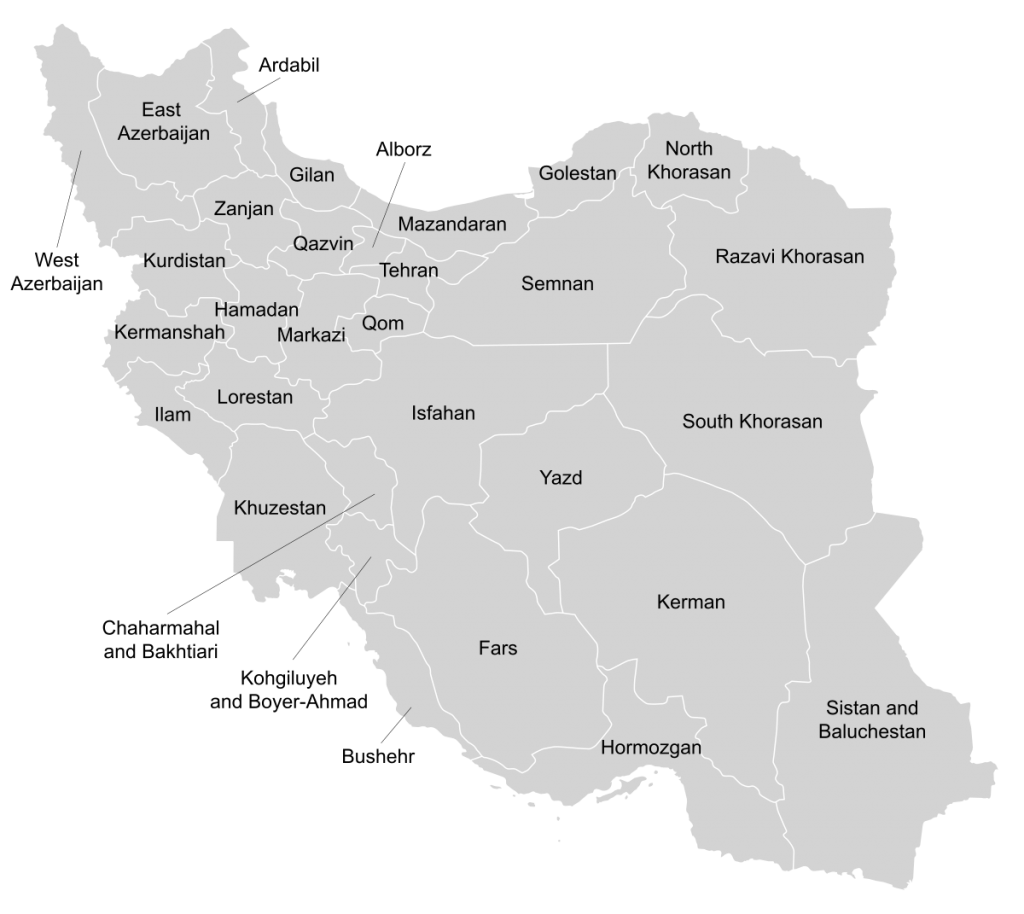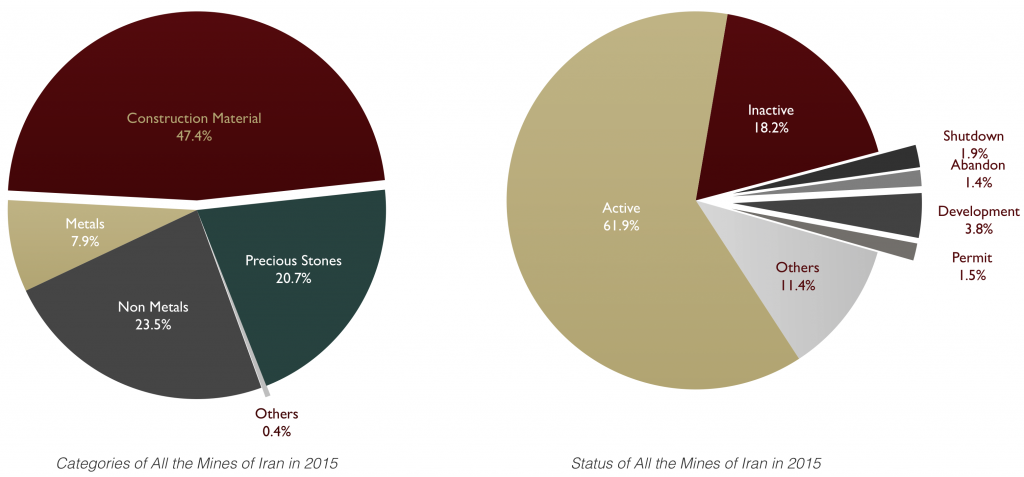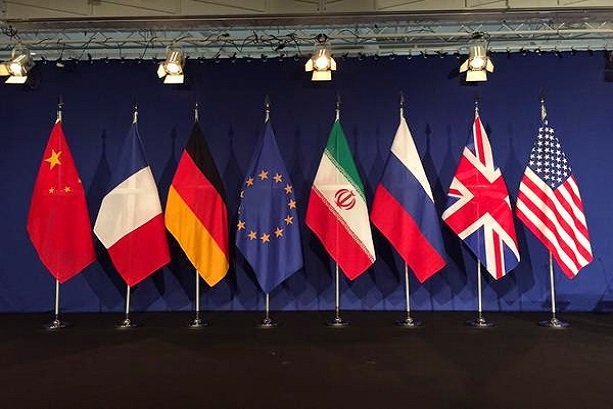At $437 billion, Iran’s economy is the 27th largest in the world, roughly similar to Argentina and Taiwan, and ahead of Austria or Thailand. With the largest proven gas reserves and 9% of the world’s oil reserves, Iran is strategically located at the crossroads of Europe, Russia, the booming markets of the Gulf, and East and Southeast Asia. Iran is a populous country with robust demographics, very low debts and plenty of room to catch up with the rest of the developing world. A young, educated population, a credit-based society with enormous unsatisfied demand for everything from refineries and chemical plants to housing and basic infrastructure – Iran is one of today’s most exciting and promising emerging markets with an enthusiastic and engaged consumer culture: the business opportunities are huge. Foreign companies can hope to supply much of the shortfall – in the form of factories, machinery, buildings and infrastructure. The Iranian government is very accommodating to foreign investments and offers one hundred percent tax exemption for an unlimited period of time to foreign investment in the agriculture sector. Tax exemptions up to 80 percent are being offered to the industry and mining sectors and 100 percent for a period of ten years in underdeveloped areas. Tax exemptions in free trade zones will be extended for 20 years.
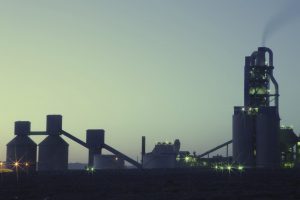
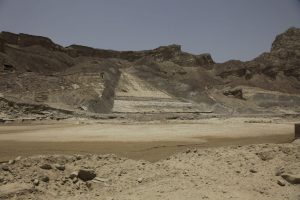
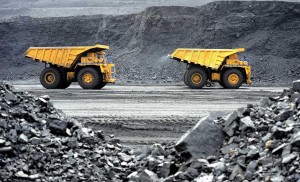


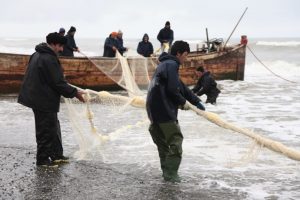
Iran has an area of 1.6 million sq km. It is bordered to the northwest by Armenia, the Azeri exclave of Nakhchivan and the Republic of Azerbaijan, to the north by the Caspian Sea by Russia, to the northeast by Turkmenistan, to the east by Afghanistan and Pakistan, to the south by the Persian Gulf and the Sea of Oman, and to the west by Iraq and Turkey. Iran consists of the Iranian Plateau, with the exception of the coasts of the Caspian Sea and Khuzestan. It is one of the world’s most mountainous countries, its landscape dominated by rugged mountain ranges that separate various basins or plateaux from one another. The populous western part is the most mountainous, with ranges such as the Caucasus, Zagros, and Alborz, the last containing Mount Damavand, Iran’s highest point at 5,610m, which is also the highest mountain on the Eurasian landmass west of the Hindu Kush. The northern part of Iran is covered by the lush lowland Caspian Hyrcanian mixed forests, located near the southern shores of the Caspian Sea. The eastern part consists mostly of desert basins, such as the Kavir Desert, which is the country’s largest desert, and the Lut Desert, as well as some salt lakes.
The country has one of the highest urban growth rates in the world. From 1950 to 2002, the urban proportion of the population increased from 27% to 60%. The United Nations predicts that by 2030, 80% of the population will be urban. Most internal migrants have settled around the cities of Tehran, Isfahan, Ahvaz, and Qom.
Tehran, with a population of around 9 million, is the capital and largest city of Iran. It is an economical and cultural center, and is the hub of the country’s communication and transport network. The country’s second most populous city, Mashhad, has a population of around 4 million, and is capital of the province of Razavi Khorasan. Being the site of the Imam Reza Shrine, it is a holy city in Shia Islam. About 20 million pilgrims visit the shrine every year. Isfahan has a population of around 3 million, and is Iran’s third most populous city. It is the capital of the province of Isfahan, and was also the third capital of the Safavid Empire. The city is home to a wide variety of historical sites, including the famous Shah Square, Siosepol, and the churches at the Armenian district of New Julfa. Also it is home to the world’s seventh-largest shopping mall, Isfahan City Center. The fourth most populous city of Iran, Karaj, has a population of around 2 million. Karaj is the capital of the province of Alborz, and is situated 20 km west of Tehran, at the foot of the Alborz mountain range. Tabriz is the fifth most populous city of Iran, and had been the second most populous until the late 1960s. Tabriz was the first capital of the Safavid Empire, and is now the capital of the province of East Azerbaijan. It is also considered the country’s second major industrial city. Shiraz is Iran’s sixth most populous city. Shiraz is the capital of the province of Fars, and was also the capital of Iran under the reign of the Zand dynasty. The city is located near the ruins of Persepolis and Pasargad, two of the four capitals of the Achaemenid Empire. More Info / Travel Guide

Iran’s economy is a mixture of central planning, state ownership of oil and other large enterprises, village agriculture, and small-scale private trading and service ventures. Iran is ranked as an upper-middle income economy by the World Bank. In the early 21st century, the service sector contributed the largest percentage of the GDP, followed by industry (mining and manufacturing) and agriculture. The Central Bank of the Islamic Republic of Iran is responsible for developing and maintaining the Iranian Rial, which serves as the country’s currency.
Tehran is the economic center of Iran, hosting 45% of the country’s industries. The administration continues to follow the market reform plans of the previous one, and indicates that it will diversify Iran’s oil-reliant economy. Iran has also developed a biotechnology, nanotechnology, and pharmaceutical industry. However, nationalized industries such as the bonyads have often been managed indipendently, making some of them less competitive with years, therefore the government is planning to privatize these industries.
Iran is one of the most important mineral producers in the world, ranked among 15 major mineral-rich countries, holding some 68 types of minerals, 37 billion tonnes of proven reserves and more than 57 billion tonnes of potential reserves worth USD 770 billion. Mineral production contributes only 0.6%t to the country’s GDP. Add other mining-related industries and this figure increases to just 4%. The most important mines in Iran include coal, metallic minerals, sand and gravel, chemical minerals and salt. Khorasan has the most operating mines in Iran. Other large deposits which mostly remain underdeveloped are zinc (world’s largest), copper (world’s ninth largest reserves), iron (world’s 12th largest), uranium (world’s tenth largest) and lead (world’s eleventh largest). Iran with roughly 1% of the world’s population holds more than 7% of the world’s total mineral reserves.
Iran has leading manufacturing industries in the fields of mining, automobile manufacture, transportation, construction materials, home appliances, food and agricultural goods, armaments, pharmaceuticals, information technology, and petrochemicals in the Middle East. According to the data from the Food and Agriculture Organization, Iran has been among the world’s top five producers of saffron, apricots, cherries, sour cherries, cucumbers and gherkins, dates, eggplants, figs, pistachios, quinces, walnuts, and watermelons.
Economic sanctions against Iran, such as the embargo against Iranian crude oil, have affected the economy. In 2015, Iran and the P5+1 reached a deal on the nuclear program that removed the main sanctions.


